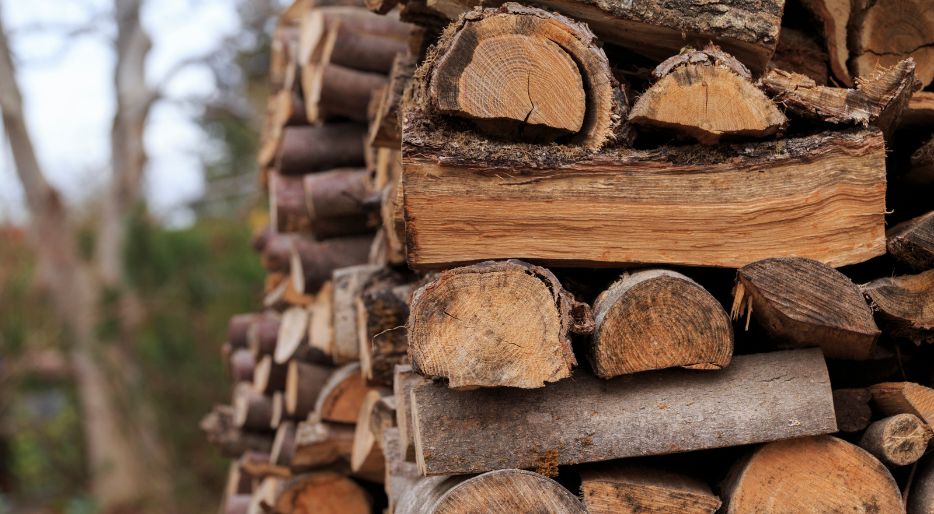
Hygge isn’t a season, it’s a way of being in the world We’ve been taught that fire is only lit when it’s cold.That the wood

Wood-burning appliances are a source of warmth and comfort on cold winter nights. To get the most out of these heating systems, good quality firewood is essential.
Firewood is the fuel that powers these appliances and, therefore, its quality can influence the efficiency, safety and cleanliness of the burn.
In this post, we will explain the importance of firewood quality for the performance of your stove and how to make sure that the firewood you buy is of good quality. In addition, you will learn the factors that determine quality and what are the characteristics of good quality firewood. We’ll also give you tips on how to store it properly – let’s find out!

The quality of firewood is determined by several factors: the species of tree, the age of the log at the time of cutting, the humidity and the way it is stored. Let’s look at how each of these affect the quality of firewood:
The quality of firewood is critical for three simple reasons: greater efficiency, greater safety and better burn cleanliness.
That firewood and efficiency go hand in hand is nothing new. We have talked on numerous occasions that the quality of the firewood is responsible for many of the problems we face on a daily basis as manufacturers and sellers of firewood appliances.
As we mentioned in the previous point, good quality firewood contains less moisture and is heavier. When we burn wet wood, most of the stove’s energy is used to evaporate the moisture instead of generating heat. This means that the appliance will need more fuel to generate the same amount of heat, making it a less efficient stove.
As for the quality of the firewood and safety, these are closely related concepts. Quite simply, poor quality firewood equals a higher risk of fire. This is because this type of firewood can clog the pipes and produce large amounts of smoke.
Finally, we will talk about the cleaning and maintenance of the appliance. Poor quality firewood produces much more ash and soot. These substances need to be removed with regular maintenance of the appliance.
There are several factors you can consider to make sure that the firewood you buy is of quality.
Here, we want to give you some tips to help you choose the right firewood:

The storage of firewood plays an important role in ensuring its quality. It must be protected and you must know how to take care of it so that when it burns, it does not damage your appliance. A correct storage does not consist of stacking logs of firewood on top of each other in a space that we have in our garden. Therefore, we give you the keys to store firewood correctly:
For more information, we recommend you to read our post “How to store firewood at home correctly“.

We hope this post has served as a guide. Take a look at our blog and find solutions and recommendations to help you with your fireplace or wood stove.
Visit our online store for Panadero wood stoves. If you have any questions or need help choosing the right stove, don’t hesitate to contact us. We will be happy to help you.
Articles of interest:
Did you like this article? If so, help us spread it 😊 . Click on the buttons below here and feel free to share it on your social networks!
Thank you for reading!
↓ ↓ ↓ ↓

Hygge isn’t a season, it’s a way of being in the world We’ve been taught that fire is only lit when it’s cold.That the wood

The afternoon of April 28, 2025, will be remembered by many: a total blackout left the entire Iberian Peninsula without power for hours. Trains halted,

Internships make all the difference when it comes to finding a job. Finding a job isn’t easy. But there’s one real, direct and effective path

Wood Stoves: The Warm Heart of Your Home Deserves Special Care. Wood stoves are much more than just a heating system—they are the soul of